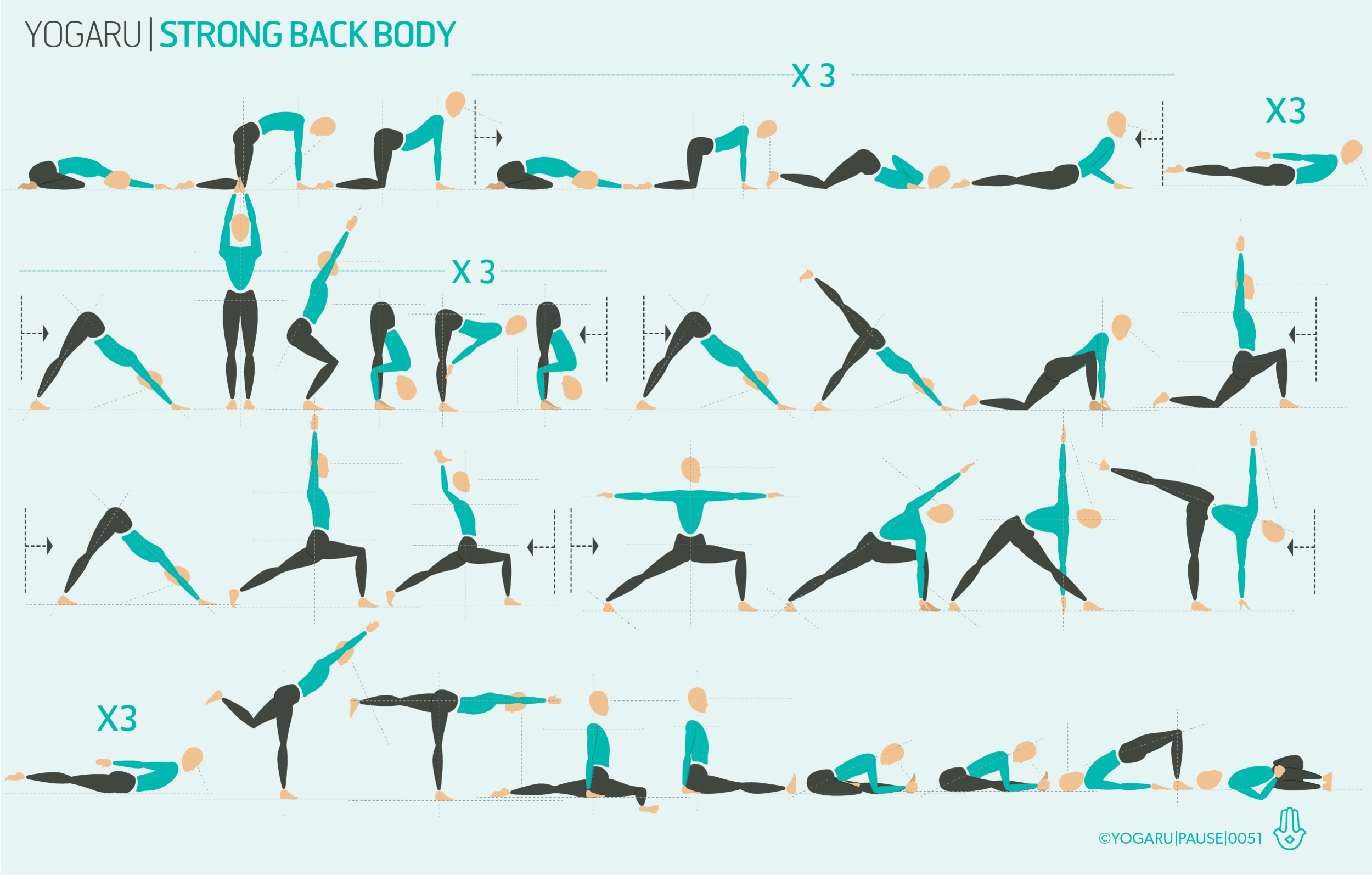CHRISTMAS MINDFULNESS
I have to admit I love Christmas with all its bells and whistles. But last year stopped me in my festive tracks when we faced a family challenge and Christmas passed by in a bit of a blur. It made me more mindful and understanding of people who, for one reason or another, don’t particularly like Christmas.
Whether you are a Christmas fan or not, your home practice can be your best friend over the festive period. Taking a bit of time to yourself everyday, will help you to take on all that comes with this busy time of year. The only thing you need to practice yoga is intention. Intention for self care, a curiosity to explore and the ability to listen carefully to what you need.
PAUSE & RECENTRE
Try the above sequence over the Christmas period. It will give you a bit of everything to support you over the coming weeks. Flow through the whole sequence or pick one of the Sun Salutation flow options and one of the standing flow options. Mix it up and try something new each day, or for a meditative flow, practice the same sequence each day. Remember getting on your mat for a simple 10 minute practice is better than not getting on your mat at all.
Along with your home practice you might like to try one of the Christmas retreat workshops that lots of the yoga studios offer for the week between Christmas and New Years. I will definitely be treating myself to a morning workshop with Aisling Conn in The Yoga Room.
Merry Christmas and a Happy New Year
To save the images for personal use click and hold down the image until the ‘save image’ option appears; on Mac hold down ‘control’ and click the image to get the option box; on PC right click on the image to get the option box. Scroll down in the ‘option box’ and click ‘save image’.
Ruth Delahunty Yogaru




